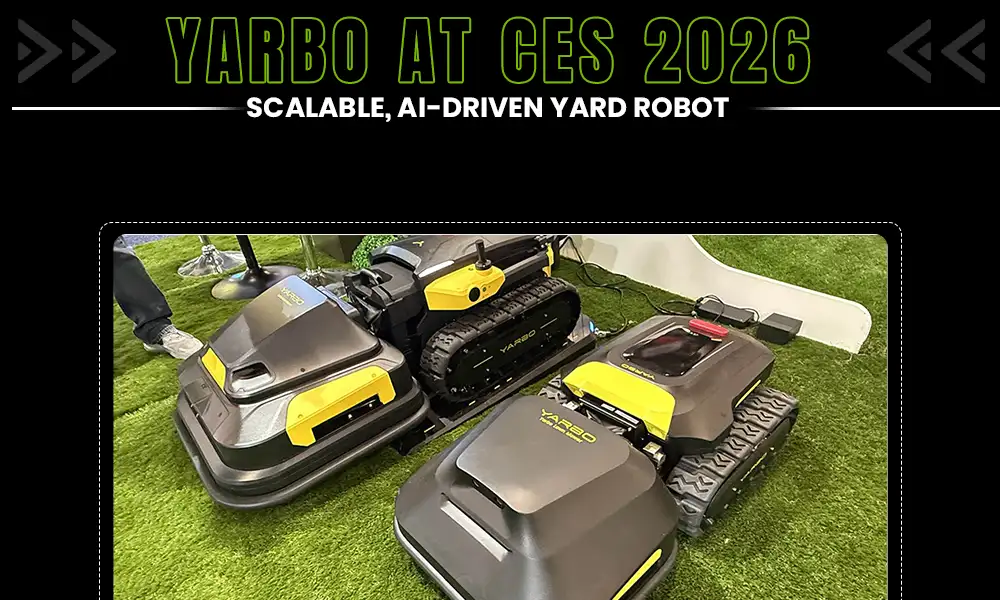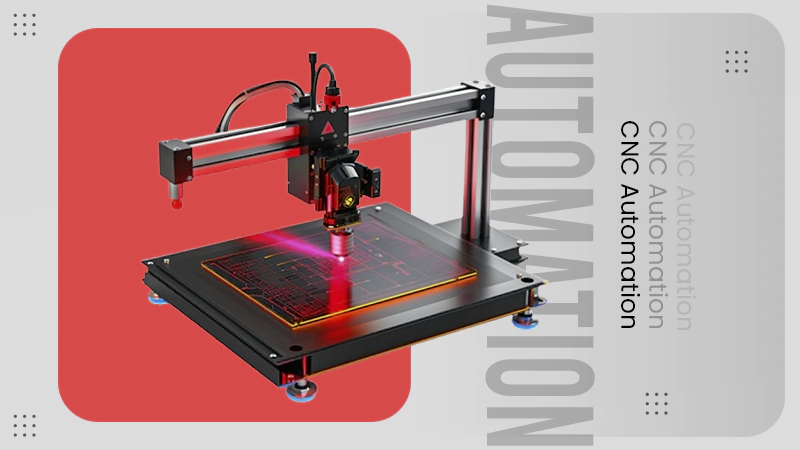
Did you know that there are over 10 million robots in use worldwide? That’s right, these mechanical marvels have taken the world by storm.
To carry on embracing the robot revolution and discover the endless possibilities of this technology, projects like Robots Dot To Dot Nattapong educate kids about its ins and outs.
When you are looking for a way to spark your child’s creativity and nurture their educational growth? Robots Dot To Dot Nattapong is a delightful fusion of fun and learning that promises to captivate young minds.
No longer are dot-to-dot activities just simple line drawings, they’ve turned into an exciting adventure where children can explore robotics through engaging puzzles.
Sounds interesting? Get to know more about it in detail and explore how it combines fun and entertainment, its educational benefits, technical breakdown, and many more. Also, know about Deception Technology by reading this article.
What Exactly is Robots Dot To Dot Nattapong?
Robots Dot To Dot Nattapong is a compelling and educational activity that combines the fun of dot-to-dot puzzles with the intriguing concept of robotics.
With each connecting dot, your kid will create images of various robots. Each completed piece ignites the imagination, showcasing vibrant visuals and playful themes.
The concept behind Robots Dot To Dot Nattapong is simple yet powerful i.e. to encourage exploration of both art and technology.
It is seen that the interaction of kids with this project fosters fine motor skills and ensures entertainment remains at the forefront.
How Robots Dot To Dot Nattapong Combines Fun and Education?
More than just a pastime, Robots Dot To Dot Nattapong is an educational tool that stimulates curiosity about robotics and engineering concepts enjoyably.
These robot-themed designs captivate young minds and make them eager to participate. Conversely, this excitement turns tedious tasks into enjoyable challenges.
As a bonus, parents can join in on the fun. Their collaboration creates shared experiences that reinforce learning through play.
Educational Benefits of Dot-to-Dot Activities for Children
Let’s explore some of the ways these engaging puzzles can enhance learning and development:
- Improves Concentration: As kids have to follow a specific sequence and focus on connecting the dots, Robots Dot To Dot Nattapong improves their concentration and attention span.
- Enhances Number and Letter Recognition: This activity often uses numbers or letters as part of the sequence. This helps them recognize and learn these concepts in a fun way.
- Develops Hand-Eye Coordination: Interacting with this activity requires children to connect the dots with a pencil or crayon, this helps them develop hand-eye coordination and fine motor skills.
- Teaches Sequencing: Following a numerical or alphabetical sequence is an indispensable skill for young learners and Robots Dot To Dot Nattapong help reinforce this concept visually and interactively.
- Promotes Creativity: This project provides a unique way to nurture creativity skills by combining art and technology. Meaning, that participants can explore their artistic abilities as well as engage with technological themes.
- Boosts Problem-Solving Skills: Sometimes, completing a Robots Dot To Dot Nattapong can be more challenging. On the contrary, this requires young minds to think critically and use problem-solving strategies to figure out the correct sequence of dots.
- Offers a Fun Learning Experience: Robots Dot To Dot Nattapong are engaging and enjoyable for children of all ages, making them an excellent educational tool for playfully teaching different concepts.
What is Included in Robots Dot To Dot Nattapong: Technical Breakdown
For those who are unaware, Robots Dot To Dot Nattapong is a robotic kit designed for children to learn and build their robots.
It includes both hardware and software components that work together to create a fully functional robot:
Hardware Components:
Each hardware component is chosen for its reliability and compatibility with the overall system. Those components include:
- Microcontroller: It acts as a brain and is responsible for controlling all its functions. In Robots Dot To Dot Nattapong, an Arduino or Raspberry Pi-compatible microcontroller is used.
- Motors: DC motors power the movement of the robot.
- Ultrasonic Sensor: It measures distance and helps the robot to detect obstacles and avoid collision.
Software Components:
The software components of Robots Dot To Dot Nattapong are vital for programming and controlling the hardware components to perform various tasks. It includes:
- Main Control Program: The main control program is the software that is used to program the microcontroller. This program is written in languages like Python or C++.
- Libraries: The kit comes with pre-installed libraries that contain functions for controlling different components of the robot, such as ROS (Robot Operating System).
- Algorithms: It also includes algorithms for pathfinding and movement control. These are integrated to enable precise drawing.
The integration of hardware and software is essential in making Robots Dot To Dot Nattapong work.
The hardware components provide physical movement and sensing capabilities, whereas, the software components provide instructions for controlling these components.
Together, they work seamlessly to create a fun and educational robotics kit for children.
How to Get Started with Robots Dot To Dot Nattapong?
Getting started with Robots Dot To Dot Nattapong is a breeze. Here is how:
- First, gather your materials. You’ll need the microcontroller, sensors, motors.
- Then, build a base for the robot.
- After doing that, follow the assembly instructions and check if all the components are securely attached.
- In addition, you can also use a diagram to visualize each step and avoid common pitfalls.
- Now, it’s finally the coding time! Start writing the control program using Python or C++ language.
- Do not forget to include code snippets for functions like movement control and sensor data processing.
- Check for any occurring issues and troubleshoot them. Issues may occur relating to sensor calibration and motor alignment.
- In an controlled environmental, test the robot and check if all components are functioning correctly.
- Adjust the sensors to find where they are and how they move.
- Adjust motor settings in a way to achieve smooth and precise connections between dots.
Conclusion
The educational landscape is transforming every now and then. As technology extends to all aspects of lives, learning methods are transforming too.
Robots Dot To Dot Nattapong serve as innovative tools that engage children as well as teach fundamental skills. This lets them bridge the gap between play and education seamlessly.
However, today, kids aren’t just passive learners, instead they become active participants in their own educational journey.
As we look ahead, the potential for such technologies is immense. With resources like Robots Dot To Dot Nattapong leading the way, a bright future awaits learners!
Also Read The Below Articles











